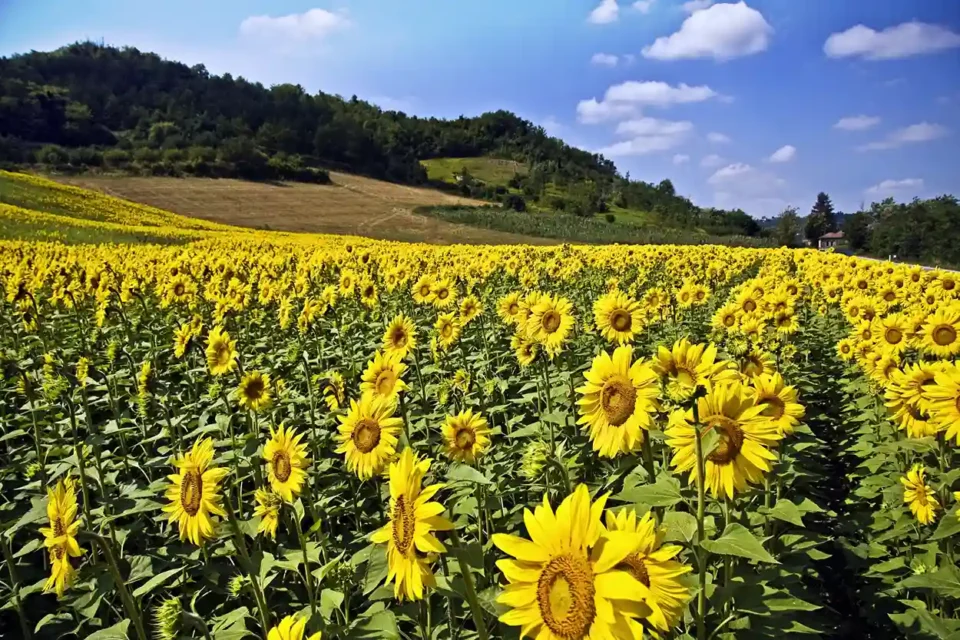Sunflower is a resilient crop that performs well across various climates and soil conditions, celebrated for its adaptability and high yields. While sunflowers can endure moderate drought thanks to their deep-root systems, they are sensitive to drought and heat stress during the flowering and grain-filling phases, which can impact both yield and oil quality.
Key environmental factors—including air temperature, day length, sunlight, and rainfall—significantly affect sunflower growth and development. Variations in temperature and moisture availability play a crucial role in determining the quality and quantity of oil in sunflower seeds. High temperatures during the grain-filling stage can reduce oil concentration in seeds, while delayed grain filling due to later planting dates also lowers oil quality. Additionally, drought stress has been found to decrease seed and oil yields, as well as other essential yield traits in sunflowers.
Cultural practices, particularly land preparation, planting timing, and pest control, heavily influence sunflower productivity. Among these, planting date is especially impactful as it dictates the environmental conditions encountered by the crop throughout its lifecycle, thereby affecting growth, yield, and seed quality.
In South Africa, sunflower is typically sown from November to mid-January, primarily in the Free State and North West regions. Unpredictable weather conditions during the growing season can significantly affect seed yield and oil content. This study aimed to examine how planting dates influence sunflower seed yield, oil content, and oil yield to provide optimal timing recommendations for producers.
Research Overview
A series of 24 field trials were conducted between the 2022 and 2024 growing seasons to assess the effects of planting dates on seed yield, oil content, and oil yield.
The trials included:
– Locations: Twelve trials at ARC-Grain Crops’ Potchefstroom research farm (North West), seven at ARC-Small Grains’ Bethlehem research farm (eastern Free State), and five at a producer’s field in Steynsrus (northern Free State).
– Planting Dates: Trials at each location included planting dates from late October to late January.
– Hybrids Tested: AGSUN 5106 CLP, AGSUN 5270, AGSUN 8251, P 65 LP 65, PAN 7080, PAN 7180 CLP, and SY 3970 CL.
A randomized complete block design was employed, with three replications for each hybrid. Each plot measured 10 m x 4.6 m, comprising six rows with 0.9 m spacing. Grain yields were measured at 9% moisture content, and sunflower seed samples from each subplot were analyzed for oil content. Statistical analysis, including ANOVA and post-hoc tests, was applied to identify significant differences among planting dates and hybrids.
This research provides crucial insights into the timing of planting to maximize sunflower yields, oil content, and overall productivity, offering valuable guidance for producers seeking to enhance their crop outcomes.


